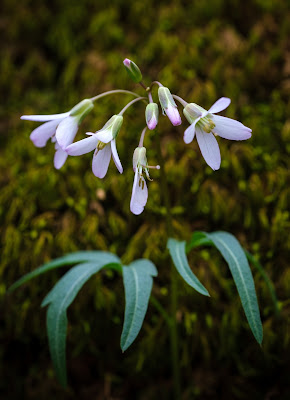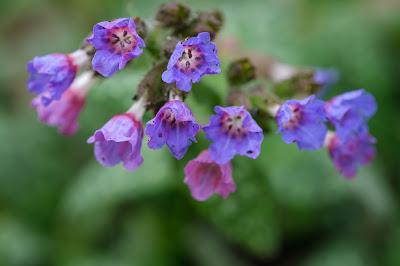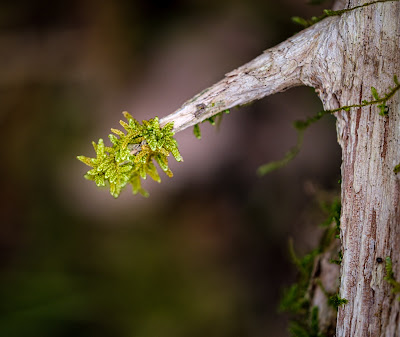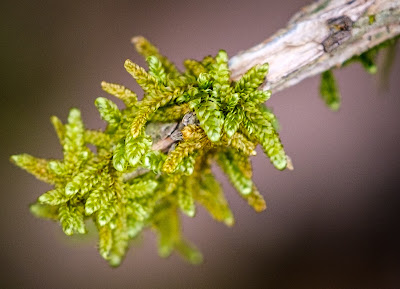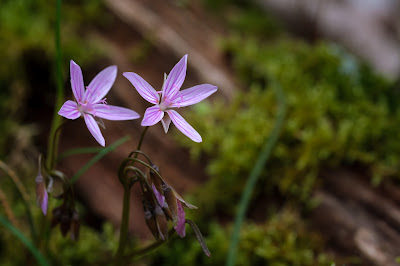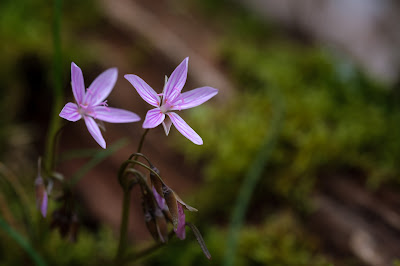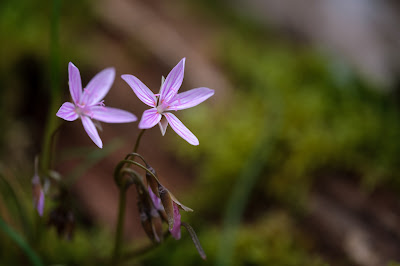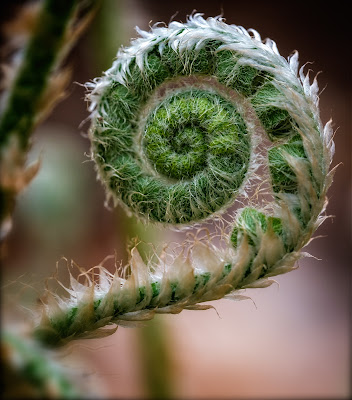I don't consider myself an expert photographer but I do enjoy sharing what I have learned, often the hard way, over the years. Most things I've learned from experience and that's how I "know that." One of the best ways to share what I've learned is by example, which I try to do when blogging.
Being at home more has led me to experiment photographing things around the house. In this case, an old non-fiction book and a pair of antique eyeglasses my dad gave to me. They belonged to a relative but no one remembers who. I'm not great at still life photography. I do better at making photos of things that have been arranged for me, like wildflowers and mountains than things that I have to arrange. However, we grow by working on things we are not good at.
The very first topic in my photography class is what I consider the most important. It is not camera settings, the latest gear, or posing beautiful subjects. I consider light the most important element in photography. The right light can make a photo but even the most beautiful subjects can be poor photos in the wrong light. Photographers love to talk about good light and bad light. Light is not good or bad, but different kinds of light work better in different situations.
Light has three characteristics
- Direction
- Color
- Hard (direct) or soft (diffused)
 |
| Color Under LED Lights |
I want to show you a little example of hard vs. soft light using a couple examples of photos I made with the book sitting on our kitchen table. Above the table is a hanging lamp with 5 LED bulbs. To the right is a set of French Doors that lead out to a covered deck area. Those two light sources have different characteristics.
The lens aperture and focal length in these two photos are the same. The LED lights made the paper very yellow when using the auto white balance setting. I corrected the white balance (light color) in each photo to be as realistic as possible.
 |
| Direct Overhead Light |
 |
| Indirect Side Light |
Notice the shadows in the first photo. They come from the overhead lights. In the second photo what shadows can be seen are faint and soft. The overhead lights also made the tabletop brighter. The indirect light from the right made the book in the background brighter.
 |
| Indirect Light |
 |
| Direct Overhead Light |
In the second example, you can see how the direction of the light creates different shadows. The photo with the indirect light coming from the right created a shadow in the crease of the book. The direct light also overpowered the indirect light and minimized the reflections from the door in the lens. The indirect light highlighted the brass hinge and the color of the eyeglass arms.
“There are no rules for good photographs, there are only good photographs.”
–Ansel Adams
Neither photo is right or wrong, just different. As the photographer, it is up to us to use the light in our composition to emphasize what we want and de-emphasize what we don't want.
Before making your next photo think about the light. Where is it coming from? Is it creating hard shadows? Is it warm and pleasing or blue and cold? How can you use that light to make a better photo?


